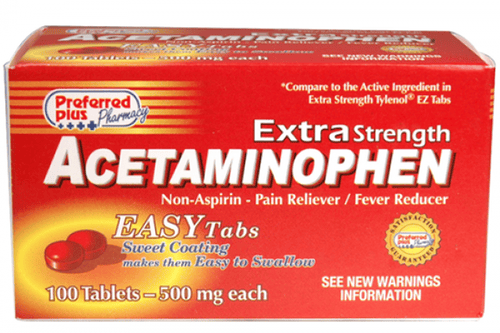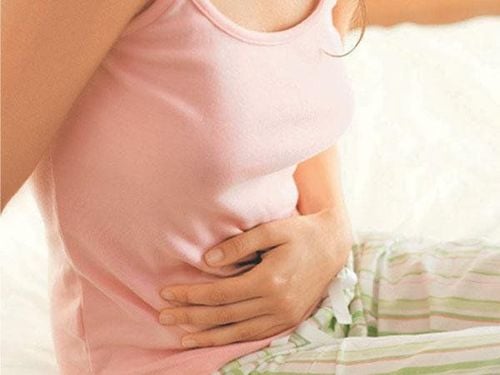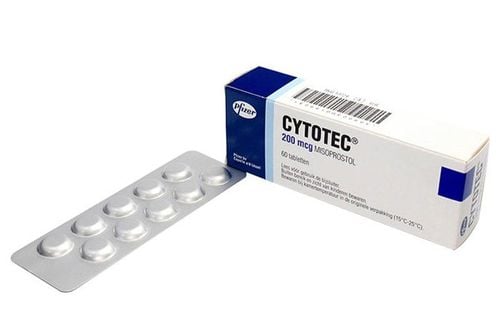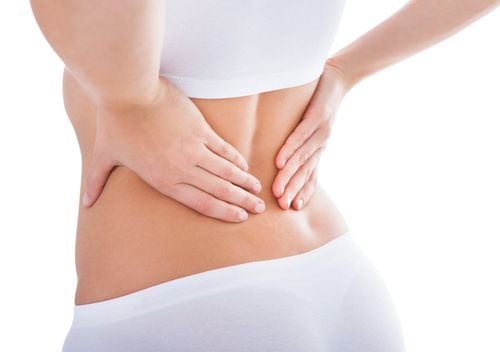This is an automatically translated article.
The article was professionally consulted with Specialist Doctor II Tran Thi Mai Huong - Obstetrician and Gynecologist - Department of Obstetrics and Gynecology - Vinmec Hai Phong International General Hospital.Premenstrual syndrome includes symptoms that occur around the second half of a woman's menstrual cycle. The consequences cause a lot of physical, mental and emotional discomfort, affecting daily activities.
1. What is premenstrual syndrome?
Many women often experience a marked change in physical or mood in the period before menstruation. When such symptoms occur regularly every month and greatly affect a woman's normal life, it is called premenstrual syndrome (PMS).
2. Premenstrual symptoms
Premenstrual syndrome can lead to a number of emotional disturbances, including:
Feelings of sadness Or anger Irritability Feeling anxious Or confused Feeling socially isolated Poor concentration Loss sleep Frequent naps Changes in sex drive Physical symptoms associated with PMS include:
Changes in thirst and appetite, eg cravings for certain foods Soft breasts Swelling and weight gain Headache Swollen hands or feet Body aches Fatigue Skin problems Digestive symptoms Premenstrual cramps
3. How long does premenstrual syndrome last?
The uncomfortable physical and emotional symptoms of PMS usually last 1 to 2 weeks before the start of your next period and go away soon after your bleeding begins.
4. Diagnosis of premenstrual syndrome
To diagnose premenstrual syndrome, the doctor must identify some of the following signs in a patient:
Symptoms appear within 5 days before the start of a new period and have been repeated continuously for at least three consecutive menstrual cycles. Symptoms usually end within 4 days of the start of a new period. Affects patient's daily activities. If possible, make a note of all symptoms that have occurred in the 2 - 3 months prior to your visit. These signs appear on what days of the month, and at the beginning of the menstrual cycle.
5. Risk of premenstrual dysphoric disorder
If premenstrual symptoms become more severe and cause problems affecting personal or professional relationships, it is likely that the patient has premenstrual dysphoric syndrome (PMS) syndrome. PMDD - Premenstrual Dysphoric Disorder. PMDD is a type of premenstrual disorder that occurs only in a very small percentage. To overcome this condition, doctors will use a drug that works to treat depression.
6. Treatment of Premenstrual Syndrome
If PMS is mild to moderate, it can be resolved with lifestyle or dietary changes. If premenstrual symptoms begin to interfere with a person's life, the decision to treat with medication can be made by the doctor. Treatment will depend on the severity of the symptoms. Only in severe cases, the doctor will consider giving the drug, in order to minimize the risk of unwanted effects.
6.1. Do exercise
For many women, regular exercise that increases breathing and heart rate reduces PMS symptoms, in addition to reducing fatigue and preventing depression. . Exercise movements, including brisk walking, jogging, cycling, and swimming, help boost cardiovascular and respiratory function. Aim to exercise for at least 30 minutes a day most days of the week.
6.2. Relax and relieve stress
Find ways to relax and reduce stress when you have PMS . Your doctor may recommend relaxation therapy to treat your symptoms. Relaxation therapy is usually breathing exercises, meditation, and yoga. Besides, massage therapy is also another simple form of therapy that can be applied.
In addition, getting enough sleep is also a very important factor to help women have enough health to fight premenstrual cramps. Getting into the habit of going to bed at the same time, and trying to wake up and go to bed at the same time every day, including weekends, can help relieve stress and fatigue.

6.3. Change your diet
Simple dietary changes can reduce PMS symptoms:
Diverse complex carbohydrates: A diet rich in complex carbohydrates can ease symptoms of irregularity in the menstrual cycle. mood and appetite. Complex carbohydrates are commonly found in foods made with whole grains, such as whole-grain breads, pastas, and cereals. Some other examples, include barley, brown rice, and lentils. Add calcium-rich foods, like yogurt and green leafy vegetables, to your daily menu. Reduce the amount of fat, salt and sugar. Avoid consuming beer, alcohol and caffeinated items such as solid tea and coffee. Change your eating habits: Eat six small meals a day instead of three, or eat a little less of the three meals and add three snacks. Keeping blood sugar levels stable is also a way to deal with symptoms.
6.4. Use dietary supplements
Supplementing with 1,200 mg of calcium per day will alleviate some of the physical and mental symptoms caused by PMS. In addition, magnesium is also a good ingredient for the body, reducing water retention (edema), reducing premenstrual cramps and mood-related symptoms. A study has shown that vitamin E also helps reduce symptoms of premenstrual syndrome.
Currently on the market there are many products advertised as supportive for PMS. However, most of these products have not been tested or proven to be effective. Note that before taking any product or supplement, talk to your doctor about possible side effects. Using supplements in excess or in combination with certain medications can lead to unwanted effects.
6.5. Use medication as directed by your doctor
Medications that prevent ovulation, such as hormonal birth control pills, can relieve physical premenstrual symptoms. However, not all of these drugs are capable of stabilizing a patient's mood.
Antidepressants may be helpful in the treatment of PMS in some women. Medicines in this class help to relieve symptoms of mental abnormalities. They are usually used 2 weeks before the onset of premenstrual symptoms or during the menstrual cycle. There are many types of antidepressants, but depending on the medical condition, the doctor will choose an appropriate one. In addition, your doctor may prescribe a sedative to help reduce your feelings of anxiety or fear.
To relieve premenstrual cramps, non-steroidal anti-inflammatory drugs (NSAIDs), such as ibuprofen, may be used. However, often the doctor will consider it because this group of drugs has the side effect of causing stomach bleeding or peptic ulcer.
If the patient has symptoms of swelling, the doctor may add diuretics to prevent the accumulation of water in the body. Using NSAIDs and diuretics at the same time can cause kidney problems. Therefore, if possible, the patient should list the medications they are taking so that the treating doctor can decide on a more appropriate prescription.
Please dial HOTLINE for more information or register for an appointment HERE. Download MyVinmec app to make appointments faster and to manage your bookings easily.
Articles refer to the source Acog.org













